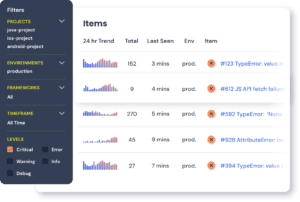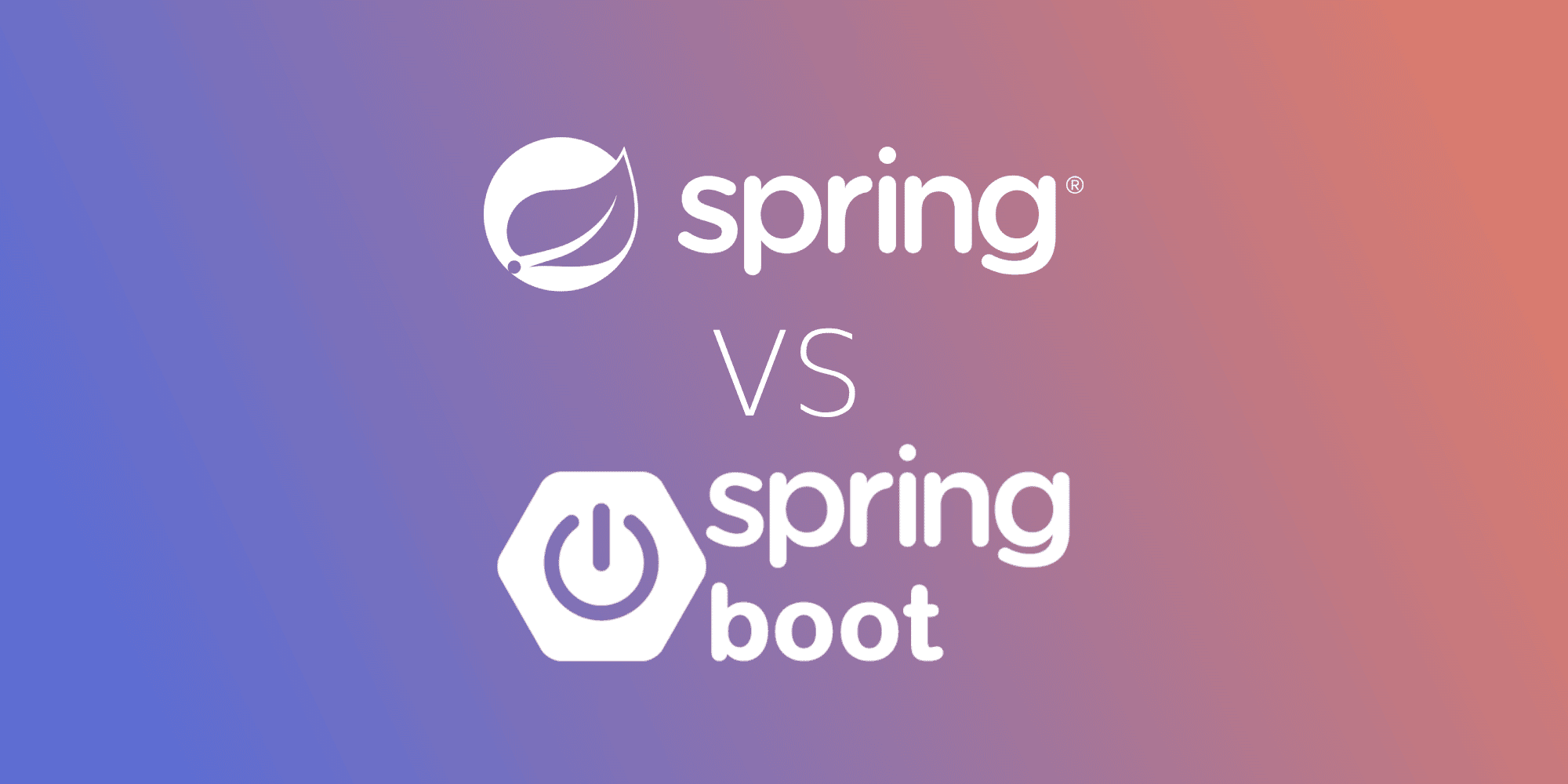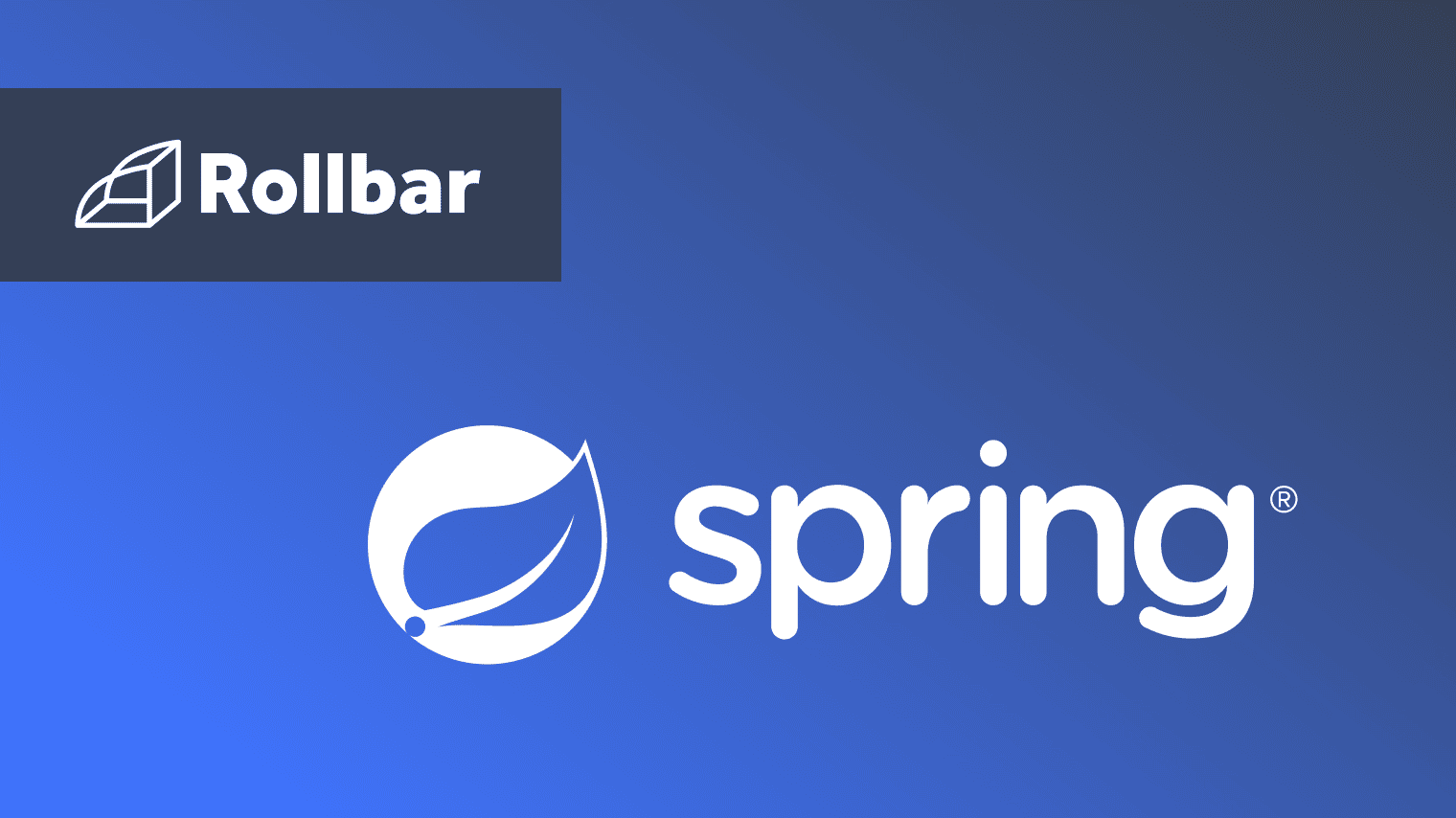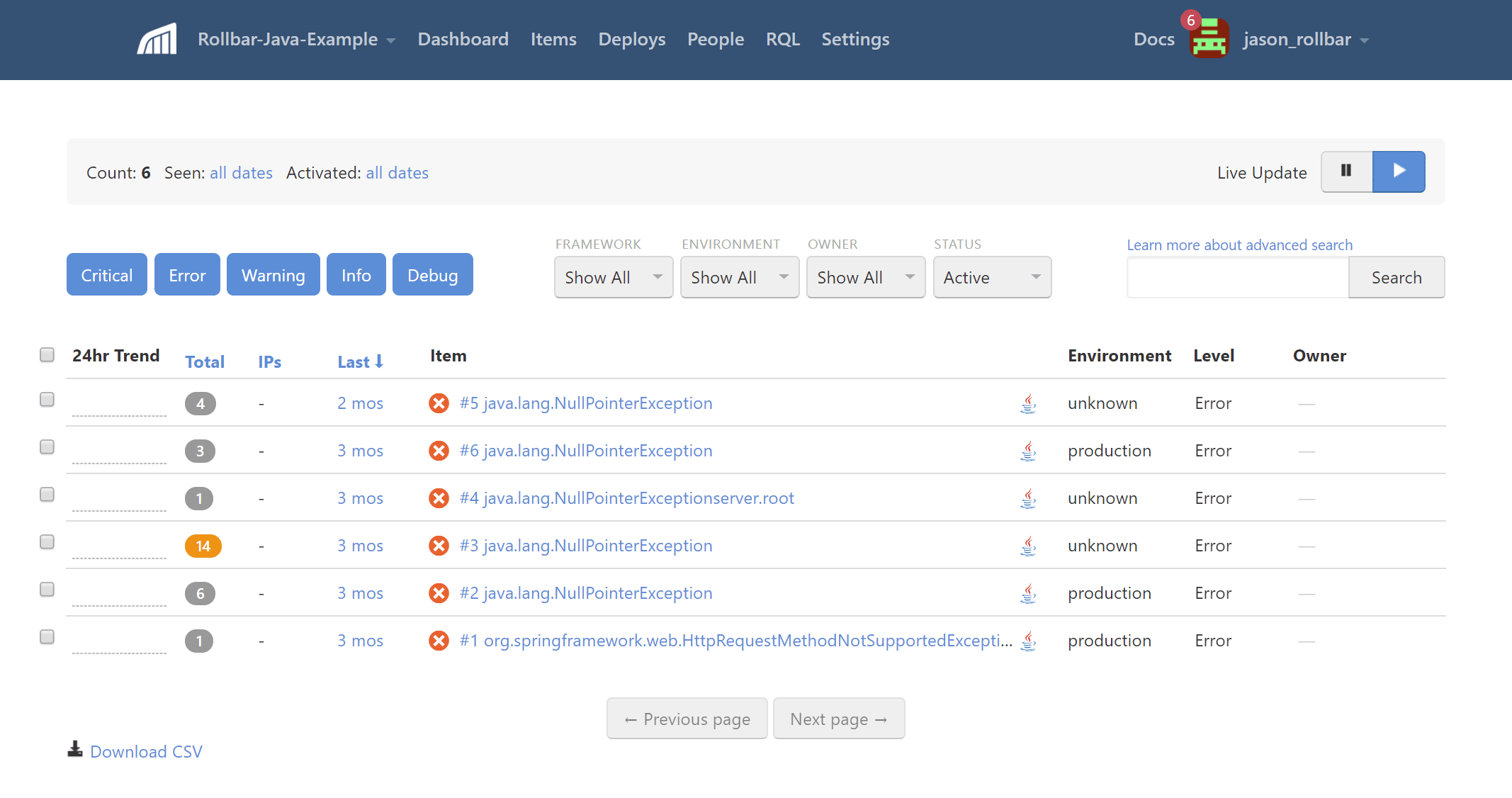Spring vs. Spring Boot
Spring is the most popular application development framework in Java. However, over the past few years, Spring has become increasingly complex because of added functionalities. Starting a new project usually requires going through a lengthy process and takes a lot of time.
To avoid starting from scratch and to save time, Spring Boot was introduced. Spring Boot uses Spring as its foundation layer and allows developers to build a standalone application with none or minimal configuration. It is targeted specifically towards building web applications and microservices.
What is Spring?
Spring is a lightweight open-source Java development framework. It provides a comprehensive programming and configuration model for developing enterprise level Java applications. It aims to simplify enterprise Java development and helps developers build applications more effectively and efficiently.
Spring focuses on several areas of application development and provides a wide range of features.
Spring Main Features
One of the major features of Spring is dependency injection, which allows developing loosely coupled applications. It also includes the following modules out of the box:
- Spring MVC
- Spring JDBC
- Spring Web Flow
- Spring Security
- Spring ORM
- Spring AOP
- Spring Test
These modules offer better functionalities for web applications and drastically reduce development time.
Spring Use Cases
Some of the tasks that can be performed using Spring are:
- Building serverless applications
- Creating scalable microservices
- Ensuring top-notch server-side security
- Building asynchronous applications
- Creating batches to automate tasks
- Event driven architecture
Benefits of Spring
- Can be used for all layers of application development
- Quite lightweight considering the POJO model
- Allows loose coupling and easy testing
- Supports declarative programming
- Supports XML and annotation configurations
- Provides middleware services
What is Spring Boot?
Spring Boot is an extension of Spring, which eliminates the boilerplate configurations required for setting up a Spring application. Featuring default codes and annotation based configuration, Spring Boot enables a faster and more efficient development ecosystem.
Since Spring Boot is built on top of Spring, it offers all the features and benefits of Spring. Spring Boot aims to reduce code length and provides developers with the easiest way to build an application.
Spring Boot Main Features
Some of the features of Spring Boot include the following:
- Embedded server
- WAR files for Tomcat, Jetty and Undertow
- Opinionated starter dependencies
- Auto-configuration for Spring functionality
- Health check, metrics and other reports
Spring Boot is therefore a Spring-based project initializer. Using features like auto-configuration, it saves developers from writing lengthy code. While it takes away some of the flexibility of Spring with opinionated configuration, it helps reduce development time and avoid unnecessary configuration.
Spring Boot Starter Dependencies
Spring Boot offers a number of starter dependencies for Spring modules. Some of the most popular ones include:
- spring-boot-starter-web
- spring-boot-starter-thymeleaf
- spring-boot-starter-data-jpa
- spring-boot-starter-aop
- spring-boot-starter-web-services
- spring-boot-starter-security
- spring-boot-starter-test
- spring-boot-starter-mail
Benefits of Spring Boot
- Can be used to build standalone applications
- No need to deploy WAR files
- Doesn't require XML configuration
- Embeds Tomcat, Jetty and Undertow directly
- Offers production ready features
- Easier to launch
- Easier management and customization
Spring vs Spring Boot
Below is a table listing some of the main differences between Spring and Spring Boot:
| Spring | Spring Boot |
|---|---|
| Widely used for building enterprise Java applications | Widely used for building REST APIs |
| Aims to simplify enterprise Java development | Aims to shorten code length and easily build web applications |
| Allows building loosely coupled applications | Allows building standalone applications |
| Main feature is dependency injection | Main feature is auto-configuration |
| Involves writing lots of boilerplate code | Reduces boilerplate code |
| Needs dependencies to be defined manually | Starters take care of dependencies |
| Involves setting up server manually | Includes embedded server like Tomcat and Jetty |
Conclusion
Spring is an excellent choice for developers to build enterprise Java applications. However, it is highly beneficial when used alongside Spring Boot.
While Spring offers developers flexibility and versatility, Spring Boot focuses on reducing code length and configuration, thereby providing developers with the easiest and simplest method to build an application. The added advantages of Spring Boot are of great value as they reduce development time and effort by a considerable margin.
Track, Analyze and Manage Errors With Rollbar

Managing errors and exceptions in your code is challenging. It can make deploying production code an unnerving experience. Being able to track, analyze, and manage errors in real-time can help you to proceed with more confidence. Rollbar automates error monitoring and triaging, making fixing Java errors easier than ever. Sign Up Today!






